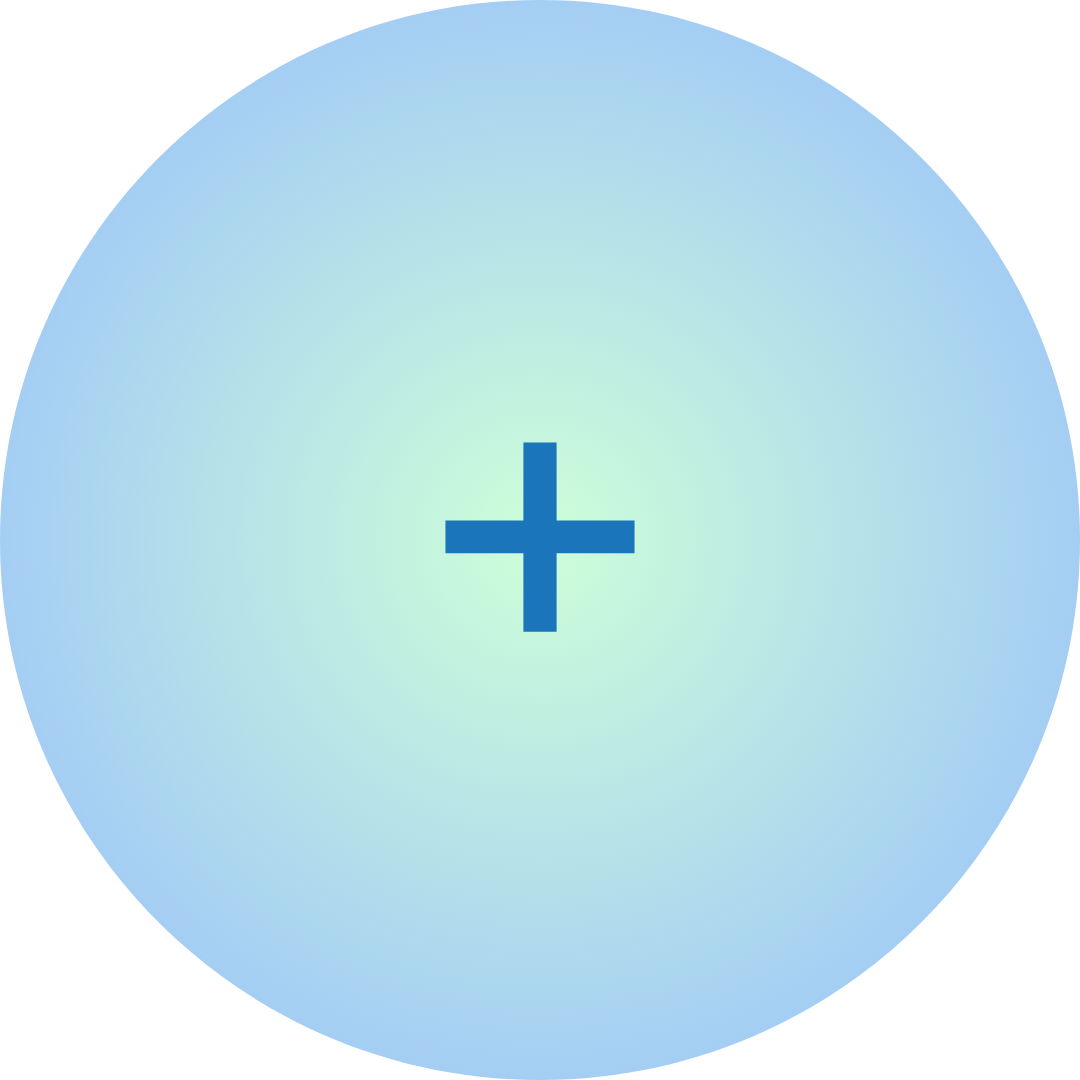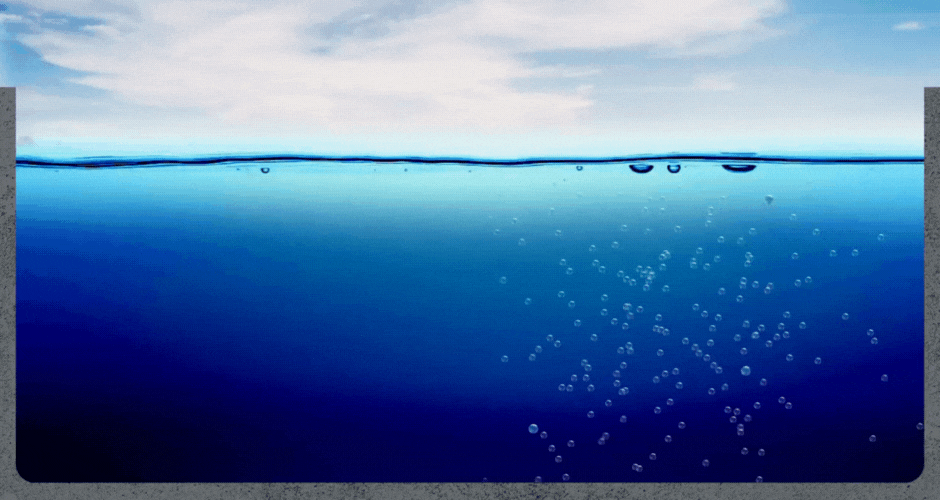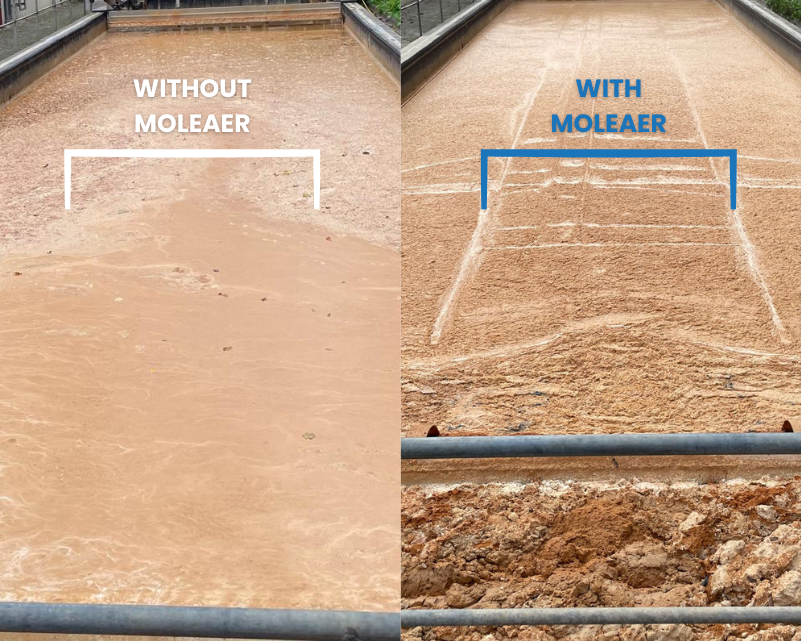At Moleaer, we love staying up to date on new knowledge and providing our clients with the best tools to educate themselves. Here is where you can access our vast pool of information.
Visit Our Resource CenterOur resource center is a collection of data pulled from the most credible publications. We utilize the most reliable water research, including recent developments from the Journal of Colloid and Interface Science, the Separation and Purification Technology publication, and other reputable sources in various fields of environmental science and environmental engineering.
All of this information is available for free right on our website. We encourage everyone to learn about water treatment solutions for their industry to understand why Moleaer technology is the best option for various applications.
Browse Our BlogIn our blog, we cover an array of topics for industry applications of nanobubble technology to give you the science behind what we do. We transform complicated research studies into a format that most readers of any education level can understand. Learn everything you need to know from how nanobubbles suppress pathogens to how they improve soil health to how they can be utilized in your industry.
View Our Social MediaAre you looking for frequent research updates in smaller, more digestible chunks? Consider following us on social media. We post educational content on
LinkedIn and
YouTube!
Do you have a question about our technology or its applications?
Connect with one of our experts or
submit a support ticket if you are having trouble with our product.


-1.png)











.png)






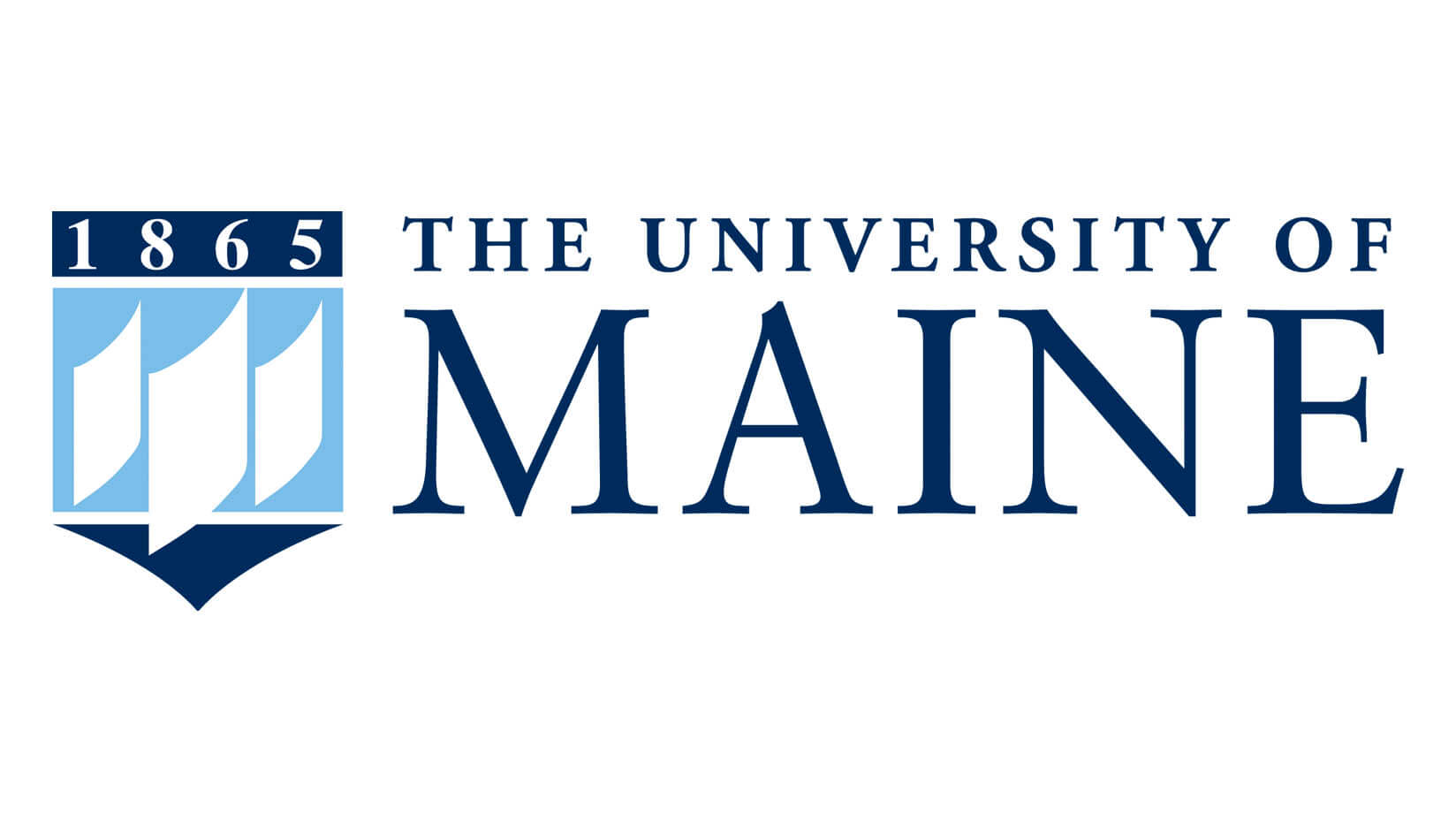


















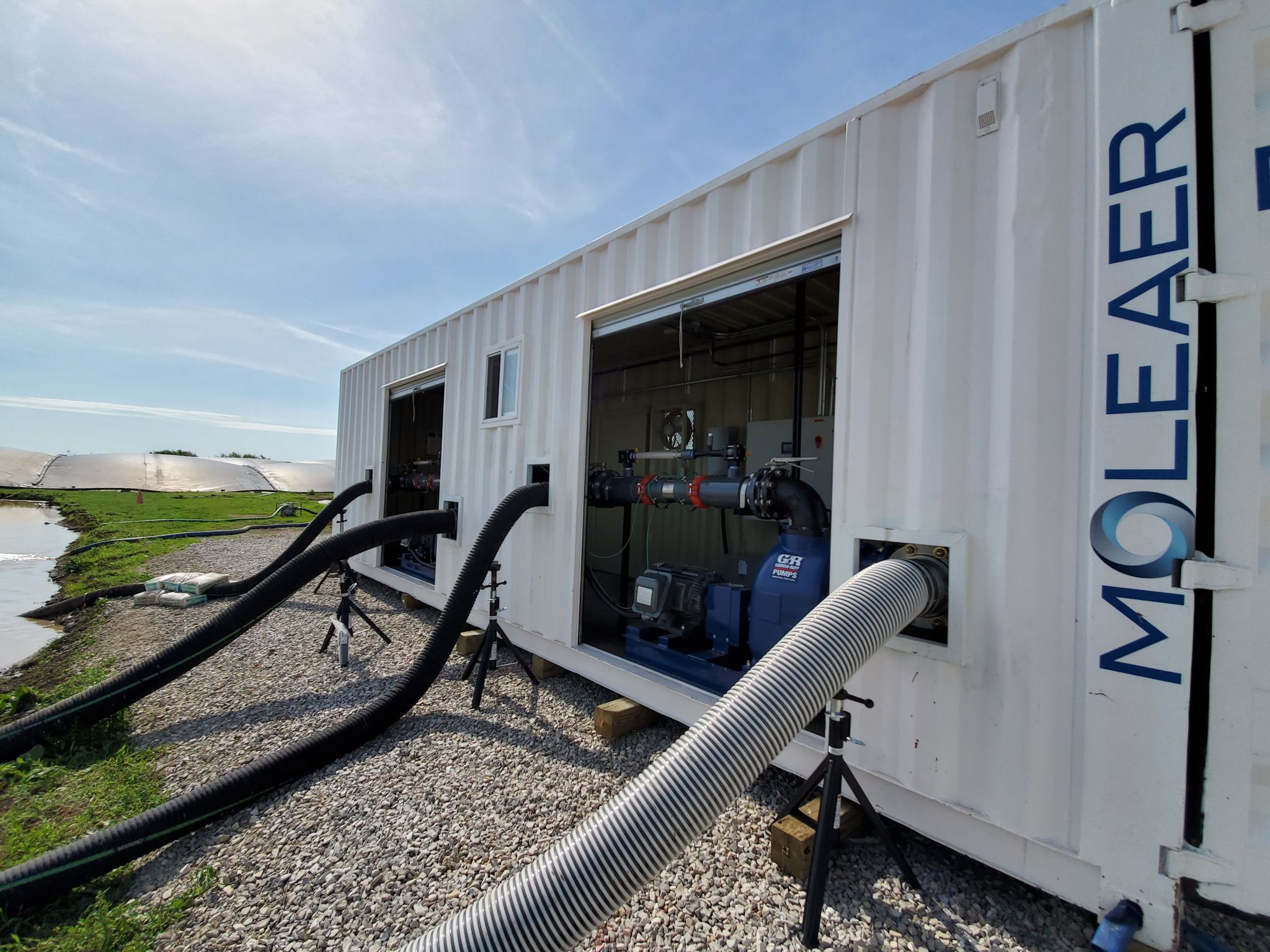


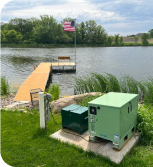


.png)













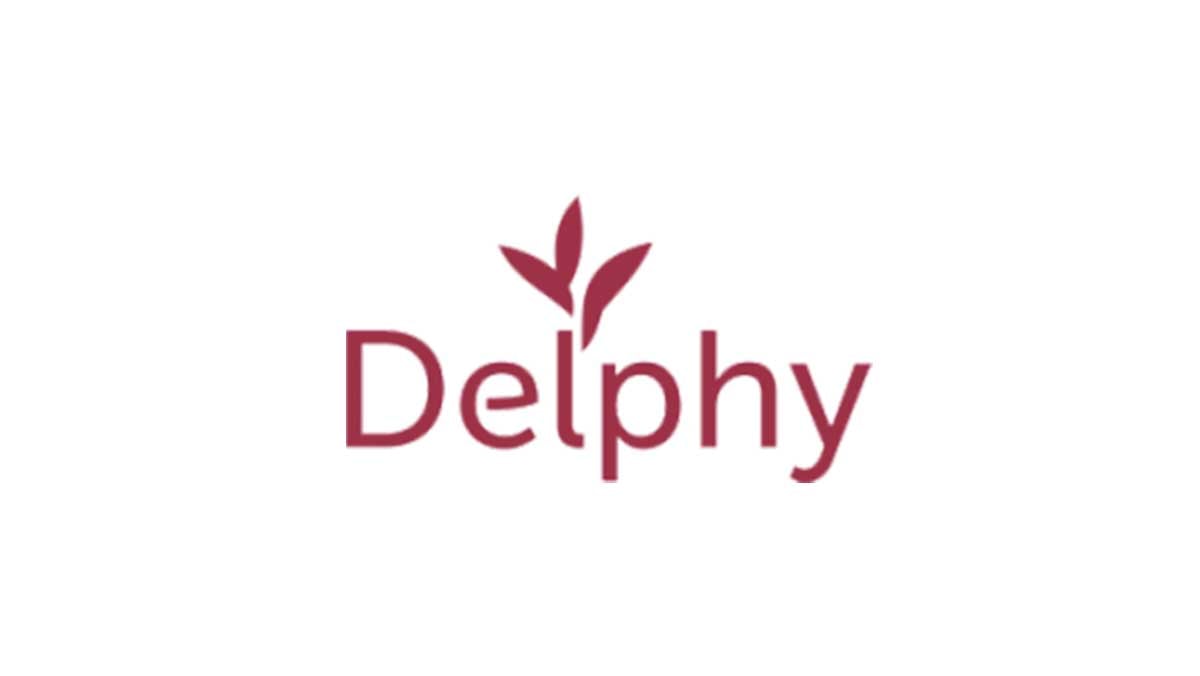





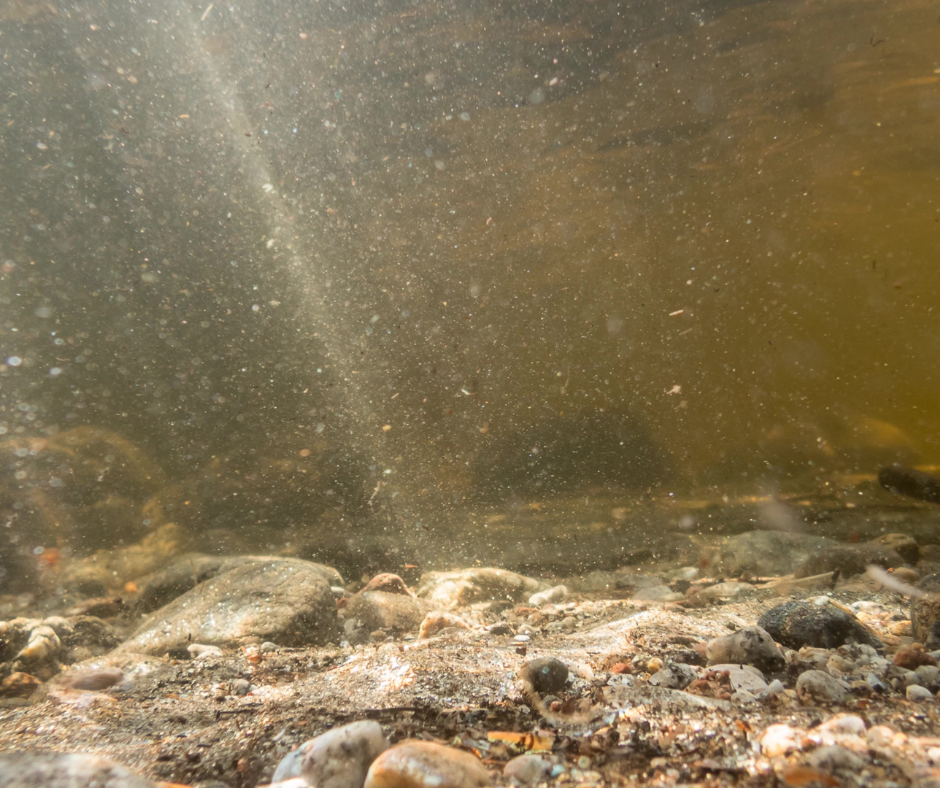
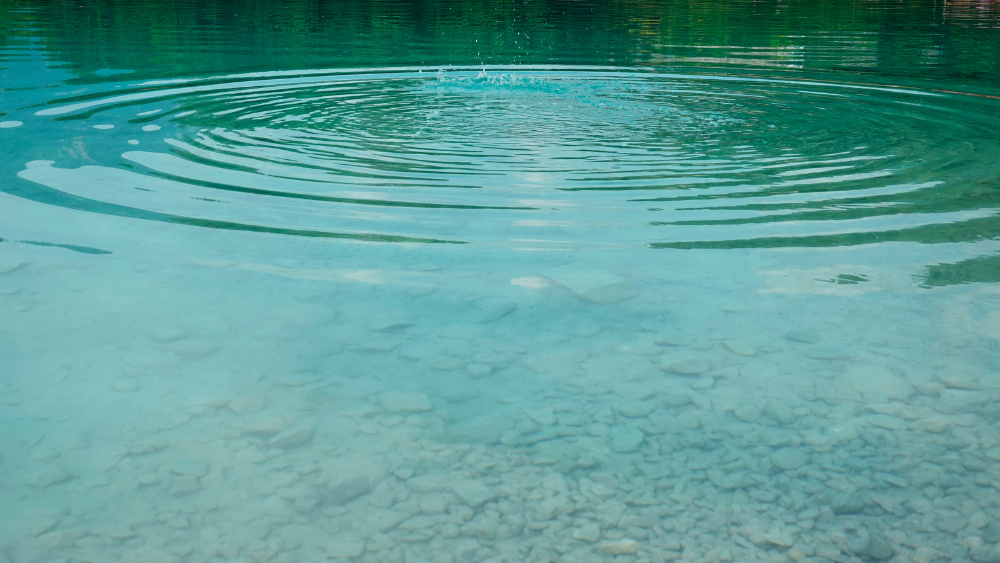


.jpg)











.jpg?width=900&height=900&name=Wiggle%20Animation%20(9).jpg)


%20(1).gif)
